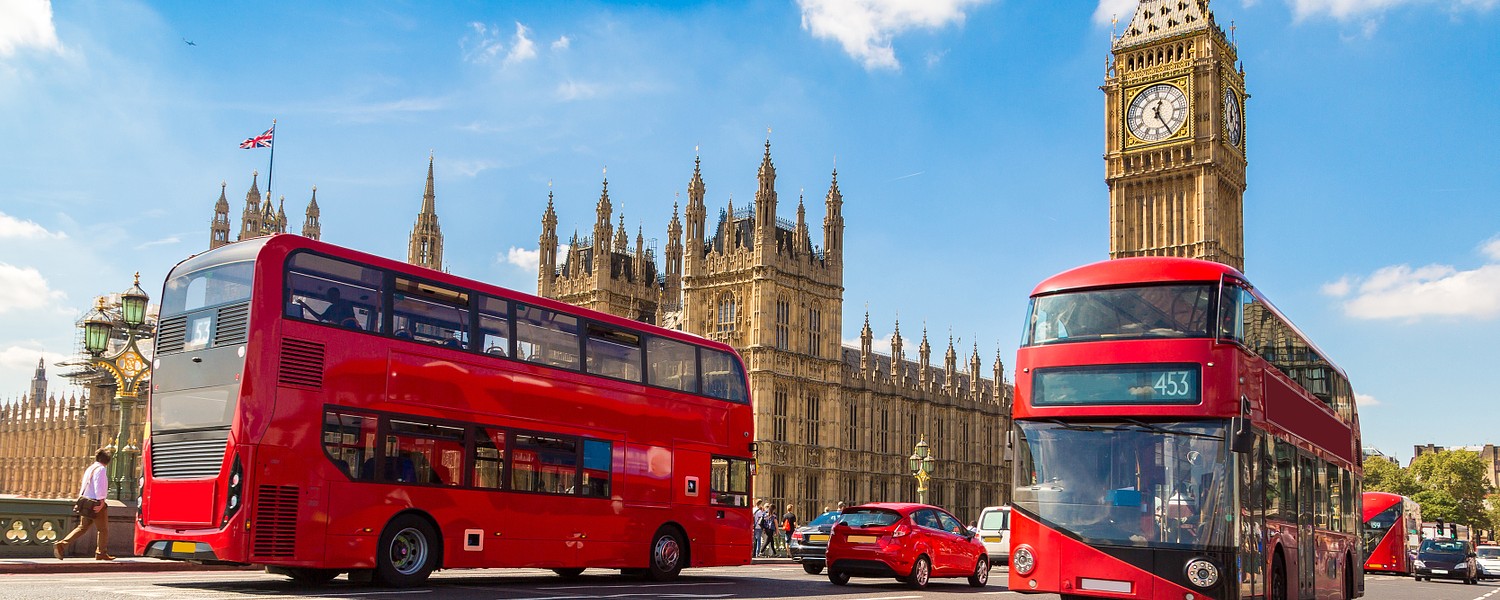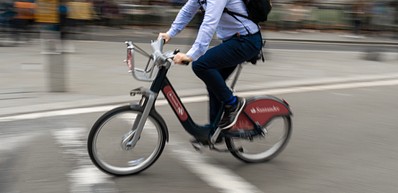FAQ
– What is the best way to explore London?
London is an extremely walkable city and most locals rely on public transportation to get around. As a tourist, you have a lot more to see when you are travelling overground, so consider picking busses and trams over the Tube just for that reason. Seeing London from the river is a great opportunity to understand the city’s geography and get away from the crowds. Remember to carry comfortable walking shoes, some sort of rain protection and don’t forget about sun cream. An Oyster card is your best tool for shrinking distances in this huge city, so get one as soon as possible.
– How many days in London is enough?
While you can see most of the main bucket list sights in London in a couple of days, spending at least 3-4 days in London is the best way to do this incredibly diverse city justice. You’ll have enough time to get acquainted with the city and go beyond the most obvious sight. Save a day to do something that speaks to you and your interests in particular.
– Where can I get an Oyster card?
An Oyster card is an essential tool for every Londoner. You can buy one at the Oyster ticket stops in many newsagents, at all Tube, London Overground, most TfL Rail and some DLR stations. Visitor Centres sell them as well. The card Oyster itself costs £5 and you can recharge it in all the same places where you can buy them, plus through the TfL Oyster and contactless app.
– What’s the tipping culture in London?
It is customary to leave 10–15% of the bill when eating out. Many restaurants will add a 12.5% service charge, especially if you’re dining out with a large group. Check your bill if you don’t want to tip twice. You can also ask for the service charge to be removed if you found the service to be completely unacceptable.
– Is London a safe city?
As most big cities, London does have a higher crime rate. According to the Economists Safe Cities Index, London is the 15th safest city in the world (tied with San Francisco).
– Is it safe to walk around London at night?
London streets at night are generally safe, but do remember that public transport doesn’t run all night — you might be in for a very long walk to your hotel or a potentially costly cab ride.
– Where is the best place to stay in London?
London has many neighbourhoods to choose from, so spend some time researching what personalities each one has. Price is another important consideration, of course.
Brixton is a great residential area, known for its diversity, shops and street markets. Quite hip, but that also means it can get loud. Mayfair is right next to Hyde Park. Park yourself here for old British architecture and cute boutiques. The prices are somewhat high and Mayfair doesn’t have the best airport connections. Shoreditch is a hipster paradise with excellent coffee shop culture — great for digital nomads. Shoreditch is not the most polished neighbourhood, though. Almost all neighbourhoods in London are very safe, so don’t make that your main concern. Nightlife areas like Camden, West End and Deptford can turn a bit rowdy and loud at night, but you’ll be in the middle of the action.
– Is London really always rainy and grey?
People tend to exaggerate. London does have decent weather, with full on sunny days. The best time to visit to avoid crowds and stay dry is early summer or early fall. Bring a jacket for the nights, even in the summer.
– What should I pack for my trip to London?
London is great for shopping, so don’t worry too much about forgetting things at home. To stay comfortable, you’ll definitely need a pair of good walking shoes. A water-resistant jacket won’t hurt either. And do bring your favourite going out outfit for the weekend!
Read more
























